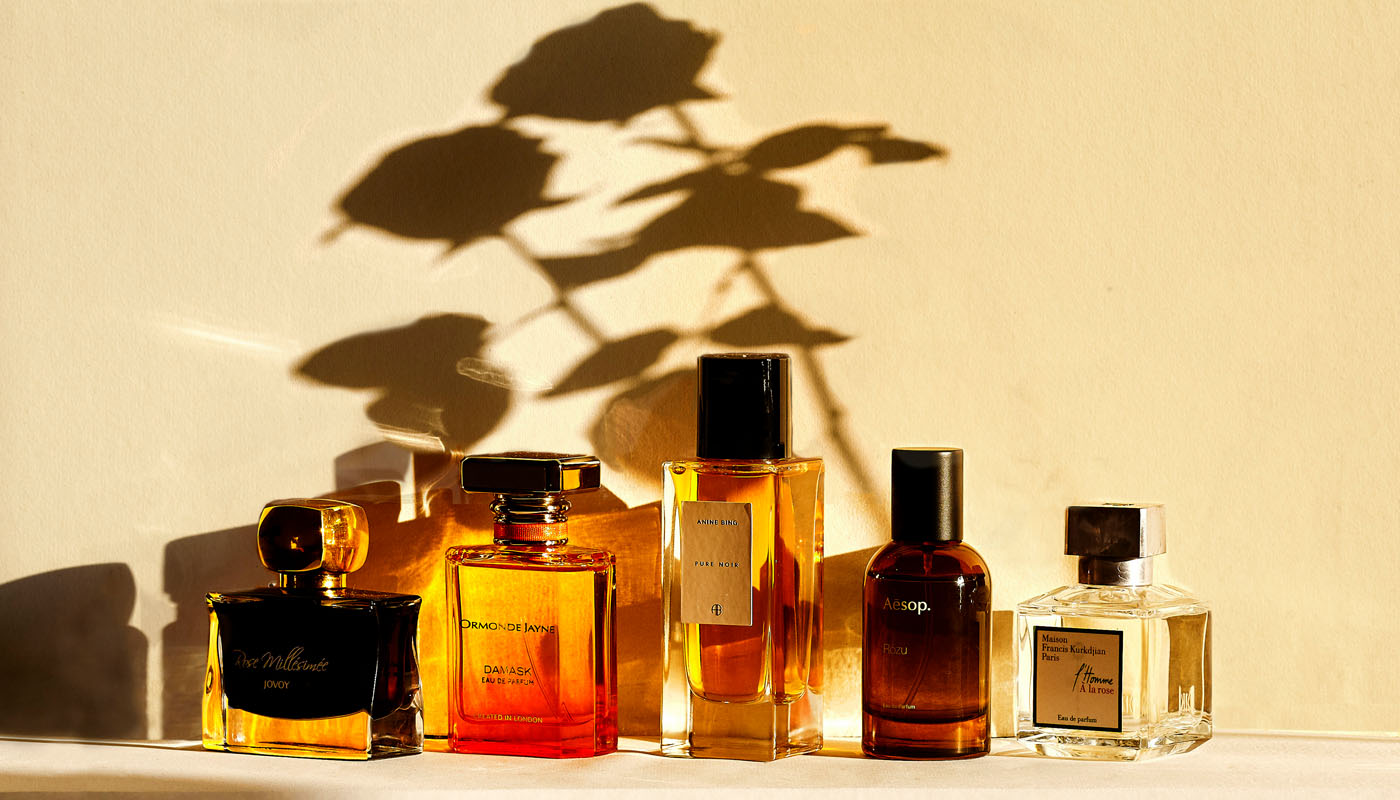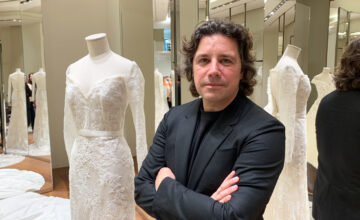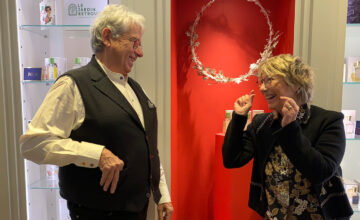
In 2020, we found ourselves craving all of the just-launched rose fragrances. Was it just scented coincidence, or were we drawn to what our bodies needed in terms of floral fragrance power?
In her wonderful book The Complete Language of Flowers, S. Theresa Dietz dedicates five whole pages to the assorted meanings attributed to the rose flower; most other plants are lucky to get a paragraph. The key symbolic message frequently associated with all rose types, claims Ms Dietz, is that of equilibrium, healing, hope and passion, with a nod to silent strength, keeping secrets and a touch of psychic ability. Colours also add nuance to the floral language, with pale petals indicating friendship, light pink for admiration and orange for Bridgerton-levels of desire.
History and folk lore are drenched in stories connecting roses to key events, be it the Romans nailing a rose on the door of a meeting to indicate that everything discussed must remain confidential (resulting in the term sub rosa, to keep a secret) to Cleopatra – who did love her perfumes – insisting visitors to her rooms wade through knee-deep piles of rose petals to get to her. The Victorians enthusiastically embraced floriography (the language of flowers) and seemed to prefer to communicate through petals, particularly roses, creating a subtle narrative of complex (and frequently mis-interpreted) messages via talking posies of flora.
Roses it seems, have us hooked, not just because of their captivating scent, but also due to us humans just loving the idea that they can communicate emotion – often connected to love – through their beautiful petal displays. Is there something else going on here? Do roses carry an additional power beyond looking pretty?
Sushma Sagar, founder of The Calmery and author of Essential Chakras, Find Your Flow is convinced of it. She told us, “Rose fragrances help us to operate from our hearts, the vibrations aligns with our heart chakra and make it easier to keep our hearts soft and open.” Vibrations? Yes, indeed. She pointed us to an extract from her book,
“There is a reason why roses are traditionally given to lovers. Not only do they smell divine but their oil has one of the highest vibrational frequencies of all flowers and it is aligned to the heart chakra. It’s no surprise, then, that the crystal vibration of rose quartz works wonders for this area too and that you can use this crystal as well as rose oil to help you to heal your heart. Their comforting presence will encourage you to soften so you can love yourself and ‘be’ in the heavenly, high vibration of love.”
Perhaps this is why we saw such an abundance of rose fragrances launched in 2020? If there was ever a time we needed our hearts eased, it was surely during the chaos of the pandemic.
Which makes us wonder if our sub conscious can affect our selection process. Could we be drawn to fragrances that make us feel better? Sushma thinks so, and told us “If the scents are the vibration of the energy that we need, I think we will find them immediately soothing, so yes. Our bodies are living, breathing energy transmitters, so we are constantly reading, processing and then acting on the energy we feel all around us, which would include being attracted to energy that we align to – it’s all done unconsciously. ”
Of course aromatherapists have always used rose oil to heal. Susan Curtis’ excellent book Essential Oils, published by Neals Yard Remedies explains how rose essential oil increases feelings of vitality and creates a sense of relaxed well-being. It’s also a great anti-depressant and aphrodisiac, with a primary focus on reproduction and sexuality and is useful for treating a wide range of stress-related conditions. It sounds useful for our current unsettled world.
In reality, fragrances take far longer than a year to create, so it must be serendipity that resulted in so many really great rose fragrances coming to our aid in 2020. But our enthusiasm and appreciation for them is very much anchored on the current need we have for emotional stability and healing.
Here are the five that really connected with us, and yes, since you’re asking, they did make us feel better when we wore them.
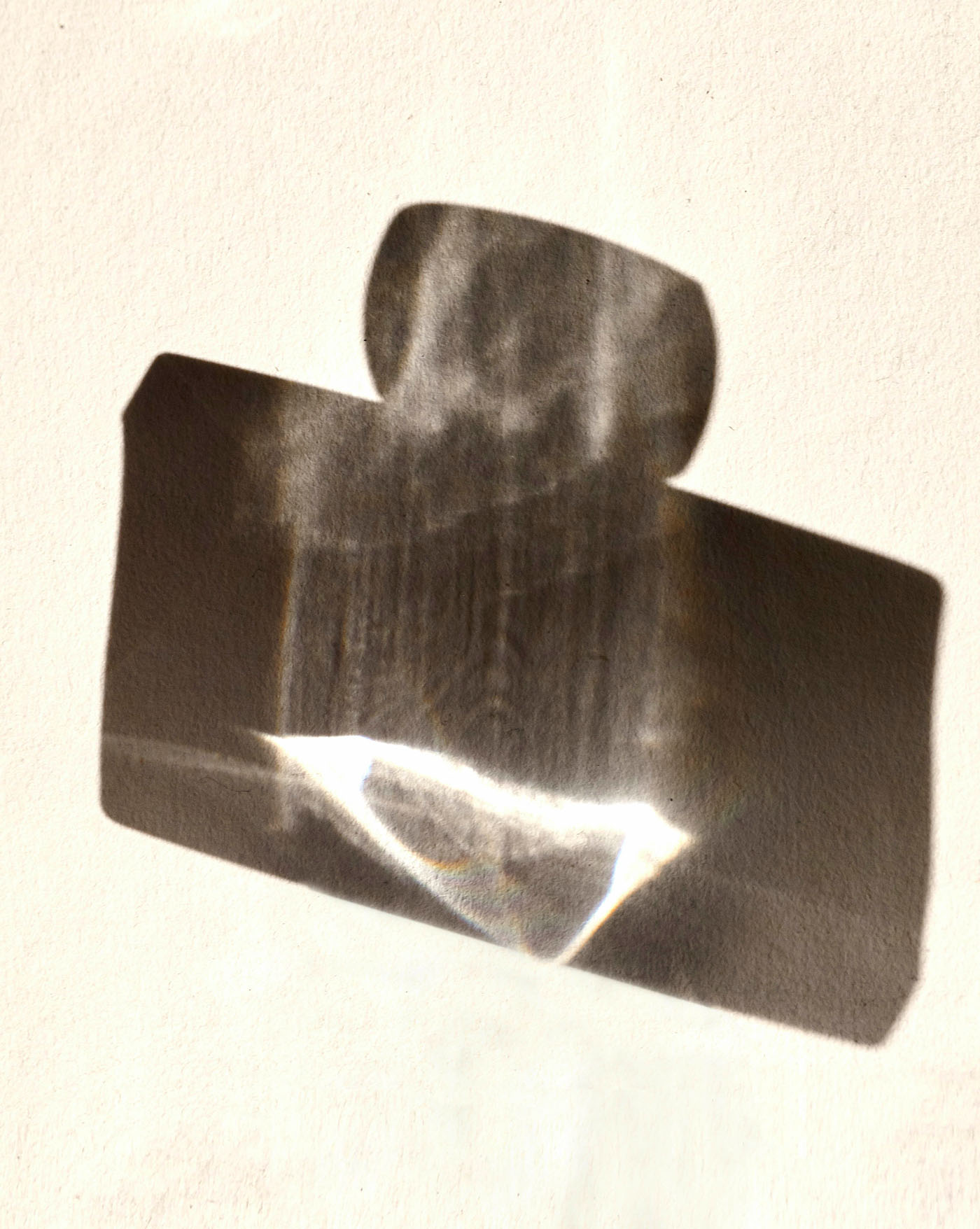
Rose Millésimée by Jovoy. The in-the-middle-of-a-field-of-roses rose.
Technically, this was launched in 2017, but we found ourselves reaching for it a lot last year, its pure and luscious rose note being the closest we’ve found to actually burying your nose into a bundle of fresh flowers. The perfumer Vanina Muracciole’s interpretation of rose must be one of our favourite scents of current times. In a recent Zoom call between fragrance colleagues during lockdown, it transpired we were all wearing it, loving the sense of balance and optimism the fragrance provided.
The team at the London Jovoy shop gave us our original sample in an almost clandestine manner, quietly mentioning that the centifolia rose, often called the Rose de Mai or Provence rose, used in the formulation came from a small quantity of flowers lovingly grown in Grasse and turned into the very best quality oil money could buy. Supply was limited and it was acknowledged by people who knew that this was special, a gentle masterpiece, but, y’know, don’t tell everyone.
It really does smell like a fresh bunch of garden roses; gently vibrant, softly musky and with hints of juicy candied apple. The aroma feels natural, clean and according to The Complete Language Of Flowers, rose centifolia has the highest vibration of any rose or flower, anywhere. Is that what’s pulling at our heart strings?
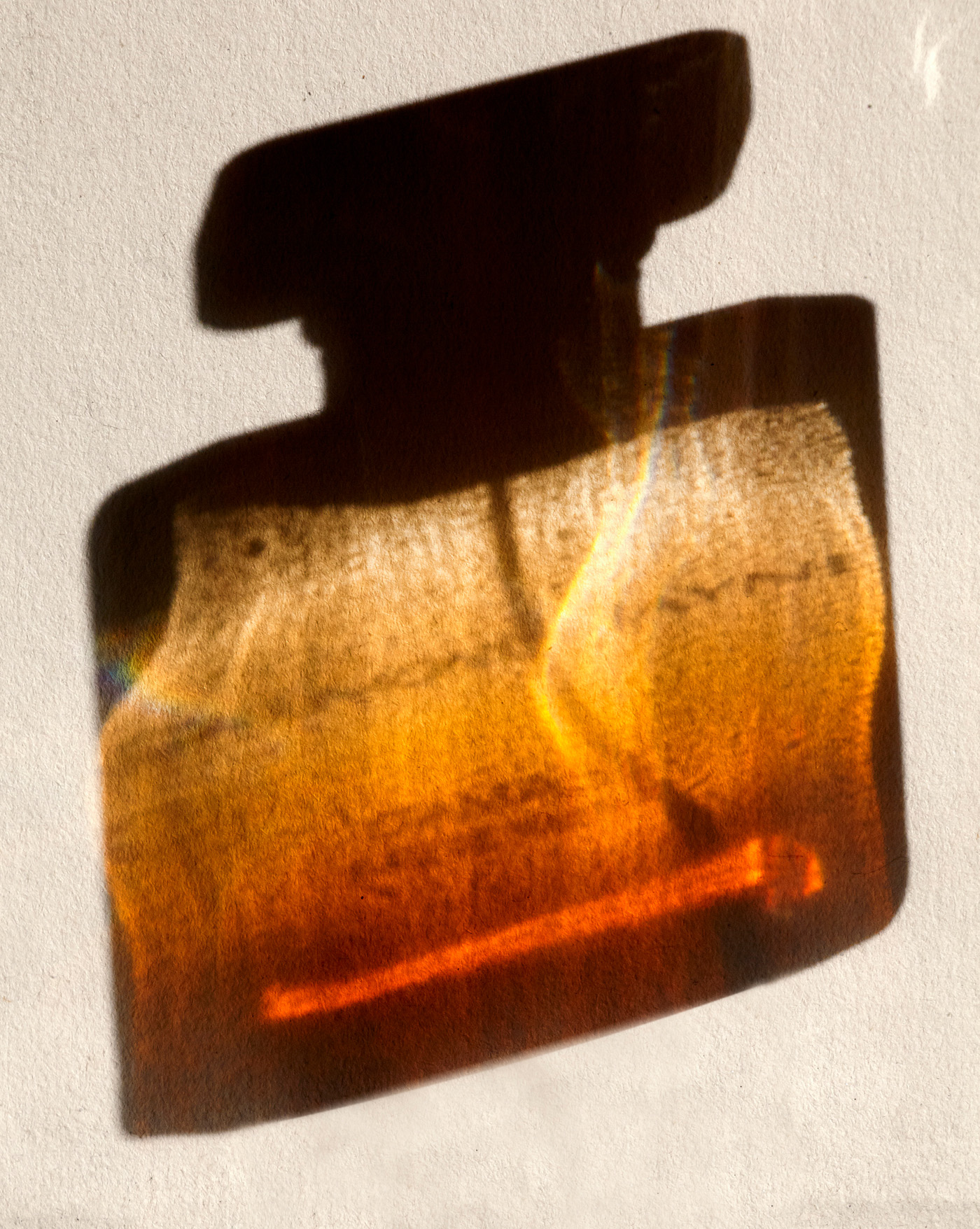
Damask La Route de la Soie by Ormonde Jayne The take-me-on-an-adventure rose
Regular readers will know that Linda Pilkington, founder of Ormonde Jayne, is one of our favourite perfumers so it will not be a surprise to learn that the new La Route de la Soie collection from the brand was one of our launch highlights from 2020 (there is an excellent discovery box). Linda was inspired to create this new collection after having read The Silk Roads, by Peter Frankopan, a deeply researched and enthralling historical journey around the trading routes of Eastern Europe, Central Asia, China and India. The ingredients central to perfume; spices, resins, tropical flowers and of course, roses, are often the main currency on these travels and provided Linda with the inspiration for a masterful collection of delicious combinations.
We were taken with Damask, which uses rosa damascena, the darker, richer Damascus Rose which originated in Iran and is revered in the Middle East, often used as an essential oil in religious ceremonies. Linda has combined it with other ingredients found along the original silk route, mineral amber, juicy pear, pink peppercorns and velvety blackcurrants. This is probably the most complex rose scent from our edit, there is a gourmand feel about it, not surprising when you know that Linda is as obsessed with flavour and food ingredients as she is with fragrance, but it remains resolutely rosy, with a strong sense of adventure about it.
I listened to the audio version of Peter Frankopan’s book while wearing Damask and it enriched the experience in such a profound and uplifting way, I wondered if this might be a future outlet for fragrance collaborations, but then, not everyone can craft a scent like Linda.
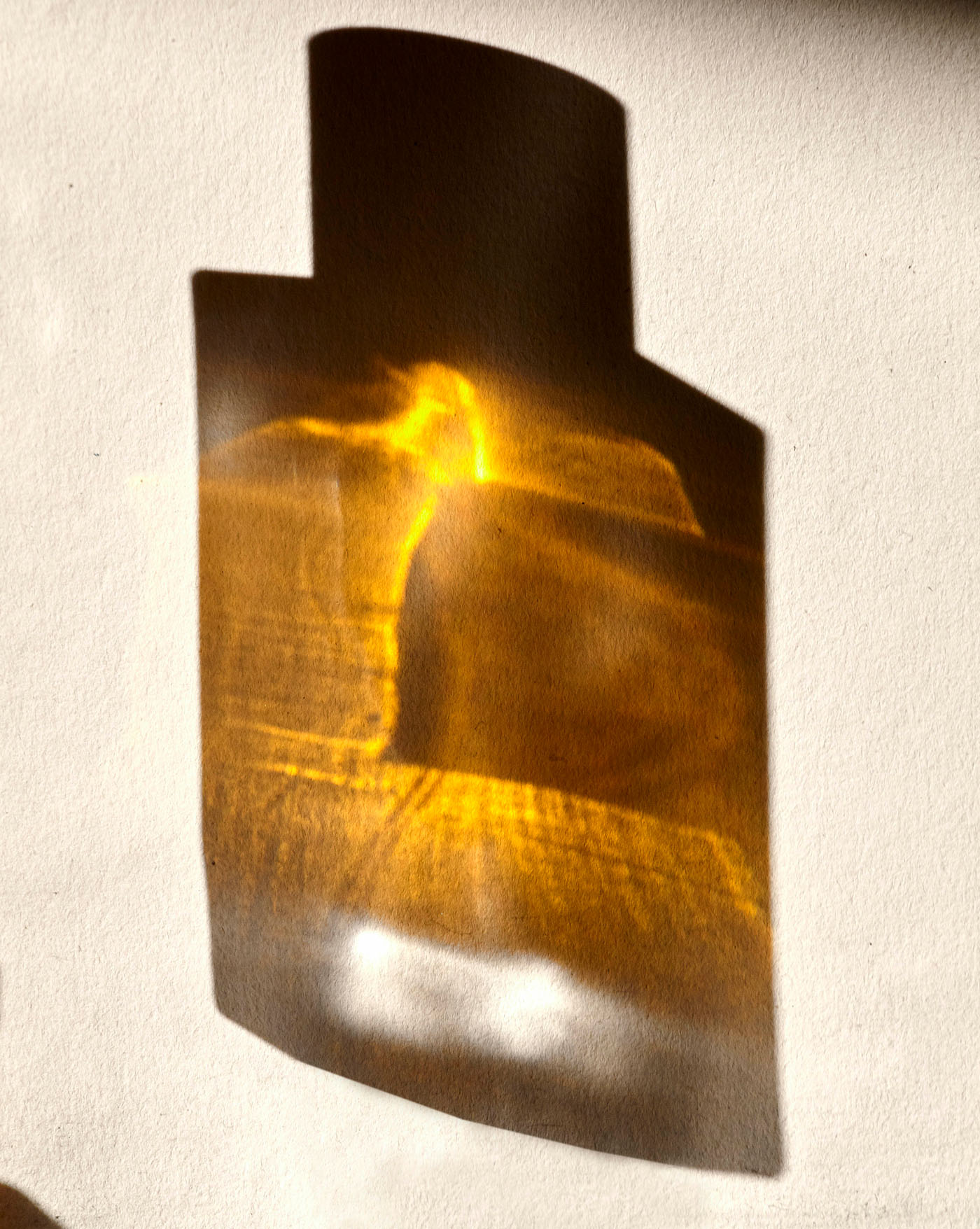
Pure Noir by Anine Bing. The seduction-in-a-bottle rose
The role the rose plays in seduction is well documented, although its translation into a love-potion requires skill, as not everyone responds to ardour in the same way. Who’s to say what makes me swoon will have the same affect on you?
Pure Noir, the second scent from fashion brand Anine Bing, is a good example of how the combination of dusty, spiced-skin notes combined with the headiness of rose oil, can evoke an atmosphere where a heart could be open to all sorts of suggestions.
This rose has a textural, velvety softness when inhaled, couched in a saffron, nutmeg and powdery black pepper piquancy. But the spices don’t overpower, they offer the background arrangement on which to appreciate the floral note – the brand lists this as Black Bacarra Rose – and after a while everything melds into a compassionate cloud of warm earthiness.
Anine Bing’s origins as a fashion brand aim to combine American energy and Scandinavian simplicity and there is a clean element to this seductive scent. A note of papyrus, when combined with the woody mahogany element, offers a crispness to the dry down. But there’s no doubting the darker, nighttime vibe here too, men would smell as irresistible as women in this. Wear with caution, perhaps.
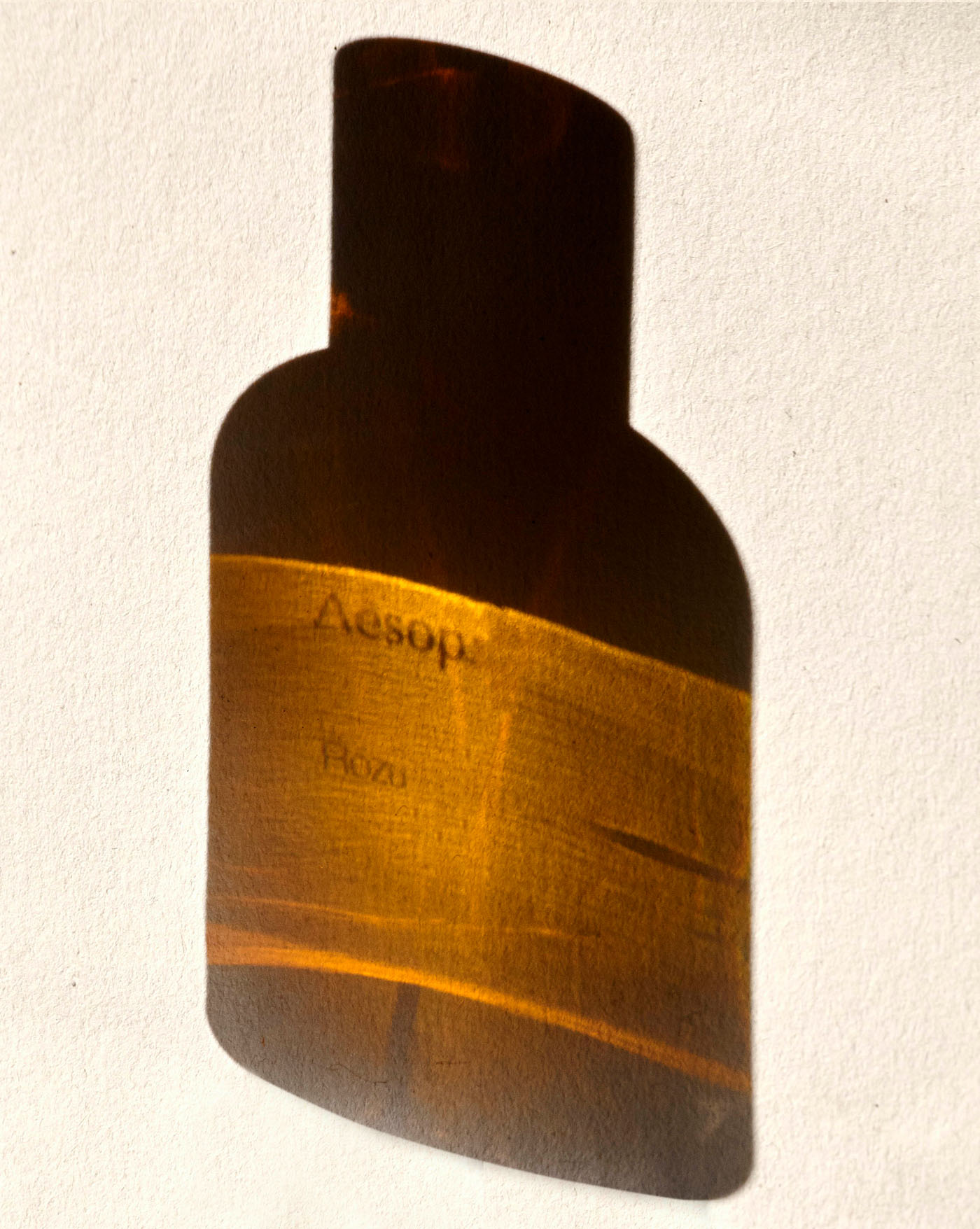
Rōzu by Aēsop. The ultra-cool rose
Anything made by the body, hair and skin care brand Aēsop feels like it’s going to do you good, as all its products pull you in primarily via their heady, essential oil based, botanical scent profiles. I’m fairly certain that just inhaling a whiff of Geranium Leaf Body Scrub starts you on the road to better-ness.
Aēsop’s link to naturalness is a powerful driver for many, although the brand uses lab-made ingredients too. It has considered sustainability part of its core since its launch in 1987 and it’s minimalist aesthetic has always made it seem part of the cool-crew of beauty brands, particularly with its perfumes. Barnabé Fillion has been the perfumer for all Aesop scents, with Rōzu being his first rose for the collection.
Here, the whole rose plant is appreciated in all its assorted parts, from the petals to the stem, via the smudge greenness of the leaves and the earthy connection through to the soil the roots sit in. The result is a greener rose, lifted to aromatherapy-oil intensity with hints of bitter orange, pink peppercorns and citrusy bergamot. Being less dependent on the floral-ness of the rose, it comes across as wonderfully gender neutral, not always easy with a rose fragrance.
Mr Fillion was also inspired by the late French modernist designer Charlotte Perriand, which led him towards a more contemporary version of the rose, using a Japanese garden rose named in her honour as the first step in the process. Ms Perriand believed that better design led to a better society, a philosophy we can get right behind, and one which just strengthen’s this rose’s place in the cool-kids part of the classroom.
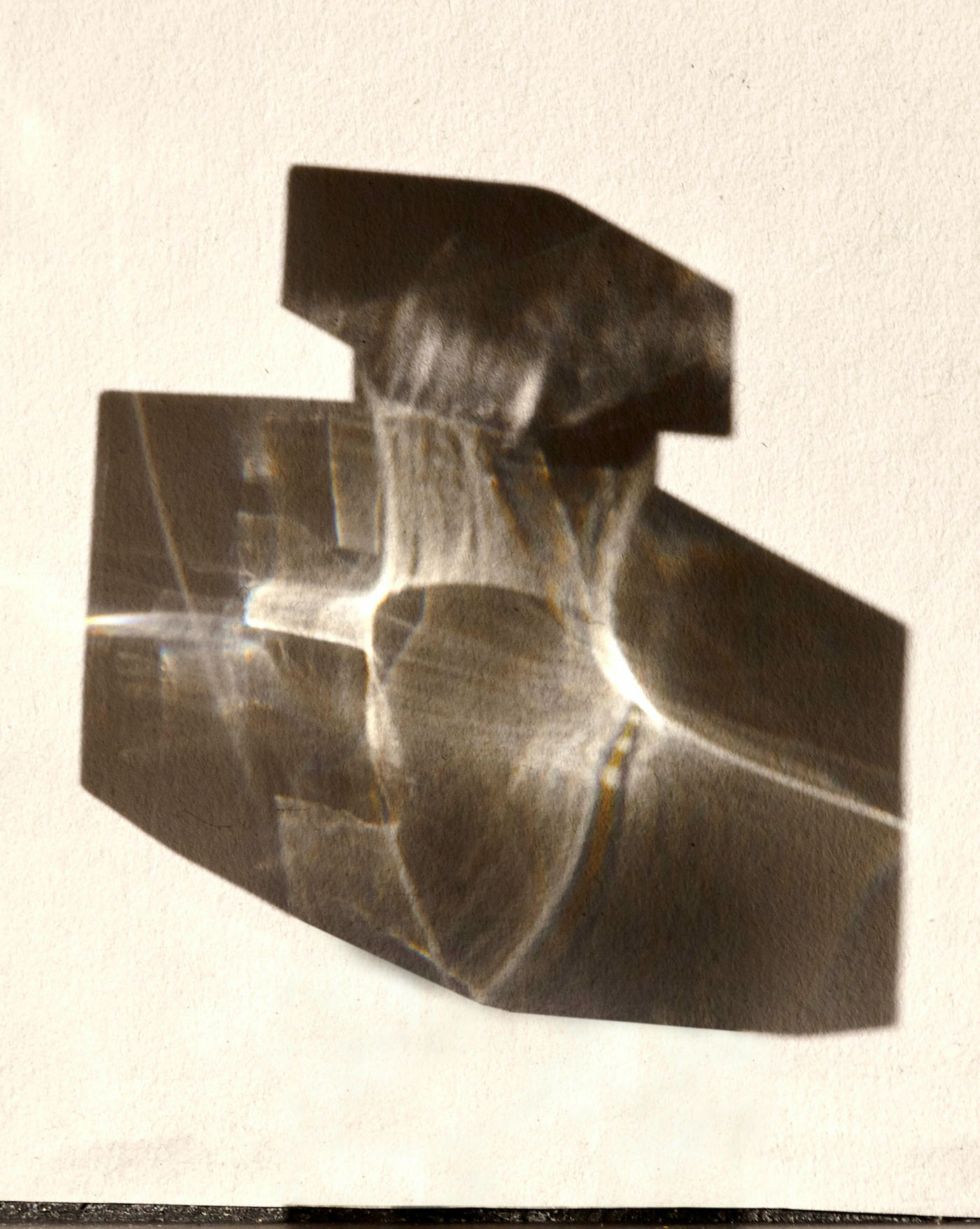
l’Homme À la rose by Maison Francis Kurkdjian The man rose
One of the most delicious fragrances to be launched in 2020 was L’Homme À la rose by Francis Kurkdjian, a fragrance whose clear purpose was to convince men that they are able to wear a rose scent without it denting their masculinity. Of course regular readers will know that the idea of fragrance being gendered is bonkers, but less experienced fragrance wearers, particularly men, need a little reassurance when it comes to wearing flowers.
Mr Kurkdjian’s À la rose launched in 2014 and has been a best seller for the brand. When we spoke to him on Zoom at the launch of the l’Homme version last year, he explained that he wanted to give men the confidence to enjoy wearing roses. During his research for the scent he teamed up with renowned French rose grower Fabien Ducher, who helped him understand the huge variety of scents available to gardeners, but sadly not to perfumers, as only two rose varieties – rosa damascena and rosa centifolia – create enough rose oil in distillation to make perfumery possible. Because Mr Kurkdjian is an innovator, we would not be surprised if these two French men collaborated to develop another perfume-friendly strain, who knows?
The fragrance is a chic, beautifully balanced, vibrant rose that starts life on the skin with a bright grapefruit-tinged note, open and almost sunny in its aspect. Then along comes the rosiness, with both Damascena and Centifolia varieties used to add complexity and richness. Theres a touch of earthy sage and grounding amber to add character to the journey to create a really refined, modern version of a rose scent. Do not think that it actually has a gender, this fragrance is exquisite on everyone, the name is there to help the uncertain male give it a go.
Images by the talented Joshua Payne
